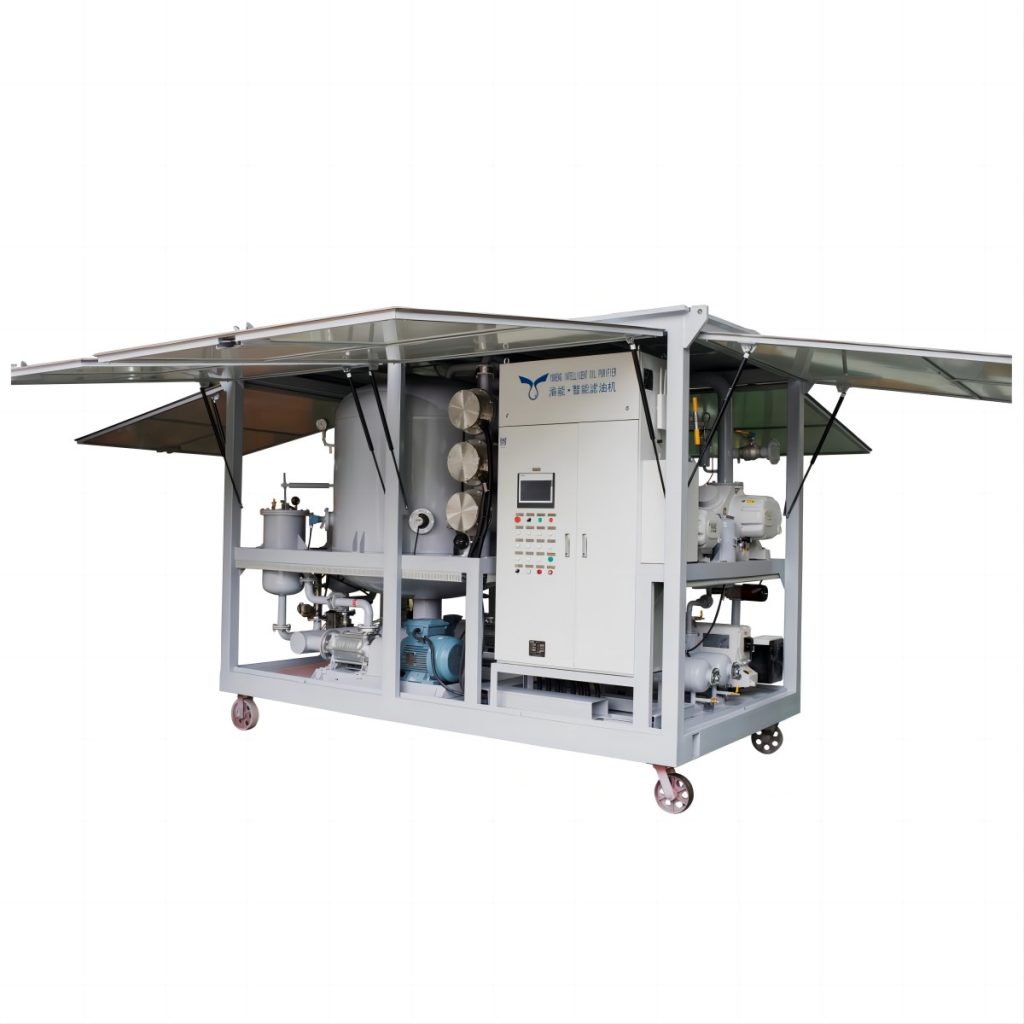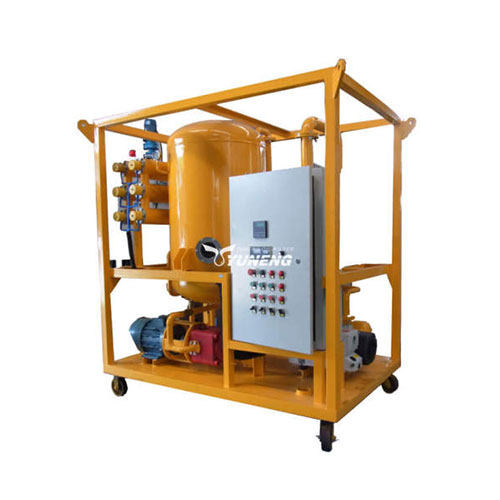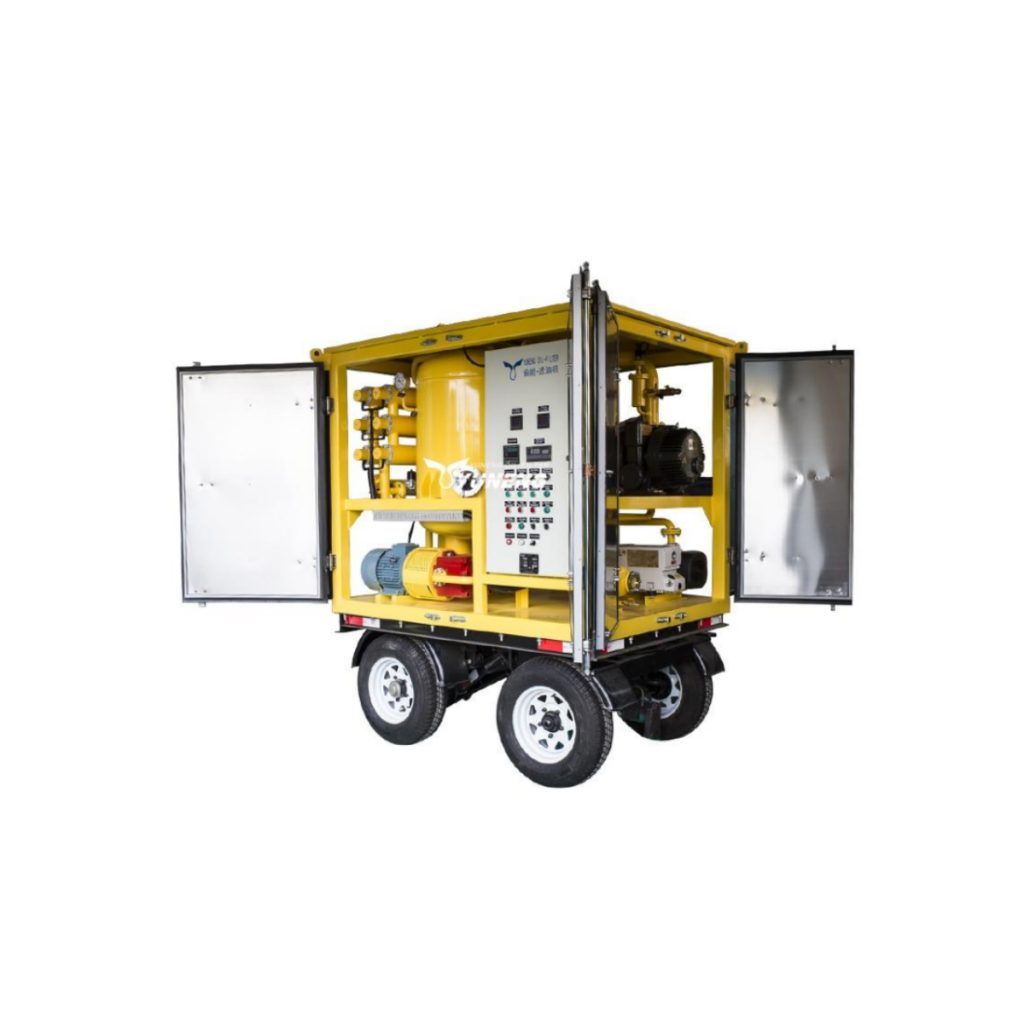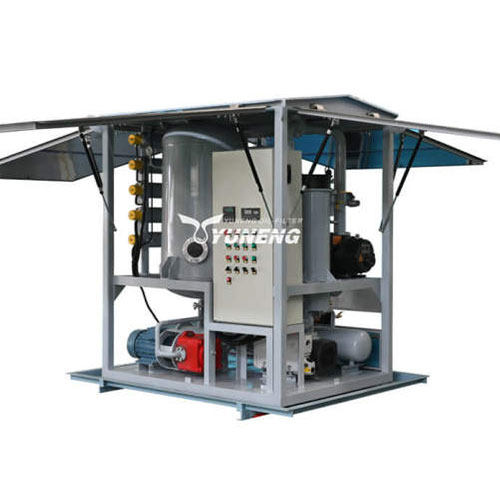Transformer Oil Degassing: Ensuring Optimal Transformer Performance
Table of Contents
Transformer oil plays a critical role in maintaining the functionality and reliability of power transformers. Its primary purpose is to provide insulation and act as a coolant, ensuring that the transformer operates efficiently. However, the presence of gases within the transformer oil can lead to serious issues, including diminished insulation performance, overheating, and even equipment failure. This article delves into the concept of transformer oil degassing, explains why it is essential, and explores the various methods and equipment used in the transformer oil degassing process.

What Gases Are Found in Transformer Oil?
Transformer oil can contain dissolved and free gases as a result of different processes. These gases may include:
- Hydrogen (H₂): Often a byproduct of overheating or electrical arcing.
- Methane (CH₄): Typically associated with the thermal degradation of oil.
- Ethane (C₂H₆) and Ethylene (C₂H₄): Formed during the breakdown of oil under thermal stress.
- Carbon Monoxide (CO) and Carbon Dioxide (CO₂): Released when the cellulose insulation within the transformer deteriorates.
- Oxygen (O₂) and Nitrogen (N₂): Present as atmospheric contamination.
These gases can accumulate over time due to normal aging, overheating, electrical discharges, or contamination. Analyzing the types and concentrations of these gases is often used as a diagnostic tool to evaluate the health of a transformer.
Why is Transformer Oil Degassing Necessary?
Transformer oil degassing is essential for several reasons:
1. Preventing Equipment Failure
- Pressure Buildup: Dissolved gases, when subjected to heat and pressure, can expand, leading to increased pressure within the transformer tank. If this pressure exceeds the tank’s design limits, it can result in catastrophic failure, causing significant damage to the transformer and potentially leading to power outages.
- Explosive Potential: In severe cases, certain gas mixtures, particularly those containing hydrogen and oxygen, can form explosive combinations. A sudden spark or high temperature can ignite these mixtures, leading to explosions that can damage the transformer and pose safety risks.
2. Improving Insulation Properties
- Reduced Dielectric Strength: Dissolved gases, especially polar molecules like water vapor, can significantly reduce the dielectric strength of the oil. This means that the oil’s ability to withstand electrical stress is compromised, making the transformer more susceptible to electrical breakdowns and arcing.
- Increased Risk of Partial Discharge: Reduced dielectric strength can lead to localized electrical discharges, known as partial discharges. These discharges can further degrade the oil and the insulation materials within the transformer, accelerating aging and increasing the risk of failures.
3. Extending Transformer Life
- Slowing Aging Process: By removing harmful gases and moisture, degassing helps to slow down the oxidation process, which is a major contributor to oil degradation.
- Maintaining Oil Quality: Regular degassing helps maintain the oil’s chemical and physical properties, such as viscosity, dielectric strength, and flash point, which are essential for optimal performance.
4. Detecting Potential Faults
- Gas-in-Oil Analysis: By analyzing the types and quantities of dissolved gases, engineers can identify potential faults within the transformer. For example, high levels of hydrogen and acetylene may indicate arcing faults, while elevated levels of carbon monoxide and carbon dioxide may suggest overheating or oxidation.
- Early Fault Detection: Early detection of faults allows for timely maintenance and repairs, preventing catastrophic failures and minimizing downtime.
By addressing these critical issues, transformer oil degassing plays a vital role in ensuring the reliable and efficient operation of power systems.
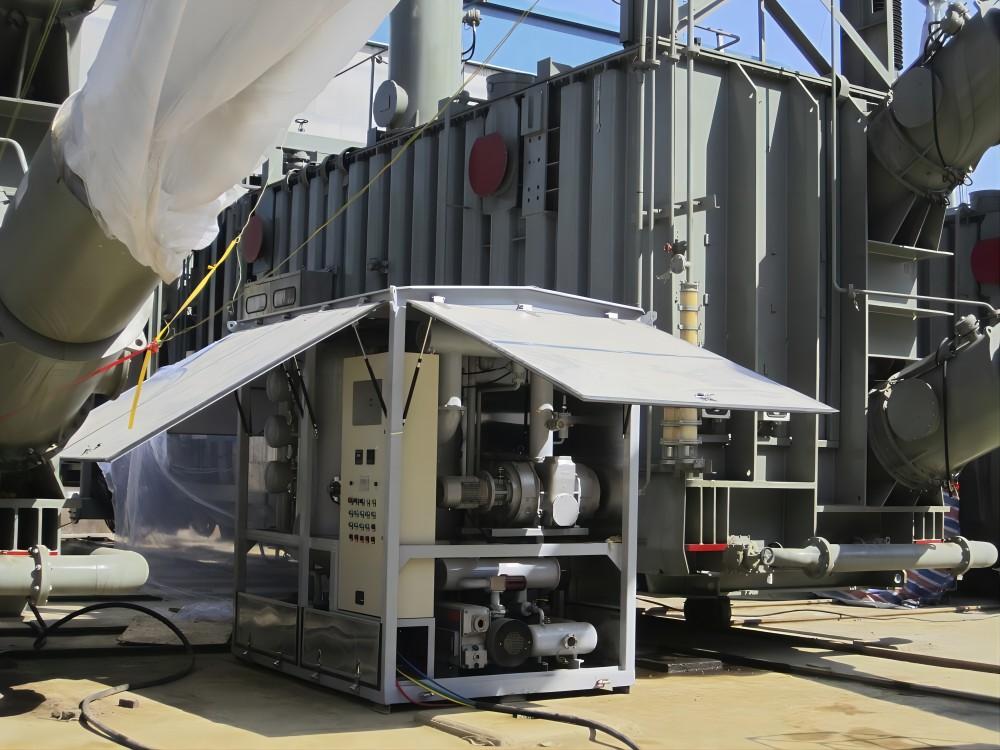
Common Transformer Oil Degassing Methods
Several methods are employed to remove gases from transformer oil effectively. These methods vary in complexity, efficiency, and application.
1. Vacuum Degassing Method
The vacuum degassing process is one of the most widely used techniques for transformer oil degassing. It involves subjecting the oil to a vacuum environment, which lowers the boiling point of the dissolved gases, allowing them to evaporate and be removed.
Advantages:
- High efficiency in removing both dissolved and free gases.
- Can be integrated with filtration and dehydration processes.
Disadvantages:
- Requires specialized equipment.
- Energy-intensive.
2. Heating Degassing Method
In this method, the transformer oil is heated to increase the kinetic energy of the gas molecules, encouraging them to escape from the oil.
Advantages:
- Simple and cost-effective.
- Suitable for low-volume applications.
Disadvantages:
- Limited efficiency compared to vacuum degassing.
- Prolonged heating can degrade the oil’s properties.
3. Thin Film Degassing Method
This technique spreads the transformer oil into a thin film, increasing its surface area and promoting the release of gases under a vacuum or controlled conditions.
Advantages:
- Highly efficient for large-scale applications.
- Minimizes oil degradation.
Disadvantages:
- Requires advanced equipment.
- High initial investment.
4. Centrifugal Degassing Method
The centrifugal degassing process uses centrifugal force to separate gases from the oil. This method is particularly effective for removing free gases.
Advantages:
- Efficient for removing free gases.
- Fast processing times.
Disadvantages:
- Limited effectiveness for dissolved gases.
- Not suitable for high-voltage transformers.

Common Transformer Oil Degassing Machines Recommend
To perform the transformer oil degassing process effectively, various specialized machines are used. Each type of equipment has distinct features tailored to different operational needs.
1. ZJA Double Stage Transformer Oil Filtration Machine
The ZJA double stage transformer oil filtration machine employs a dual-stage vacuum system to enhance the efficiency of degassing, dehydration, and filtration processes. It is ideal for high-voltage transformers.
Key Features:
- Dual vacuum chambers for thorough gas removal.
- Integrated filtration to remove solid impurities.
- High processing capacity.
Applications:
- Maintenance of high-voltage transformers.
- Large-scale oil purification projects.
2. High Vacuum Transformer Oil Purifier
The high vacuum transformer oil purifier specializes in creating a high vacuum to facilitate efficient gas extraction. It is designed for versatile applications in transformer maintenance.
Key Features:
- Advanced vacuum technology for superior degassing.
- Equipped with heating and filtering systems.
- Portable and easy to operate.
Applications:
- Routine maintenance of transformers.
- Oil purification for medium to high-voltage equipment.
3. ZJB Single Stage Transformer Oil Purification Plant
The ZJB single stage transformer oil purification plant features a single vacuum stage and is suitable for lower-capacity operations. It is an economical solution for basic oil purification tasks.
Key Features:
- Compact design and ease of use.
- Basic degassing and dehydration functions.
- Cost-effective for small-scale applications.
Applications:
- Maintenance of low to medium-voltage transformers.
- On-site oil purification.
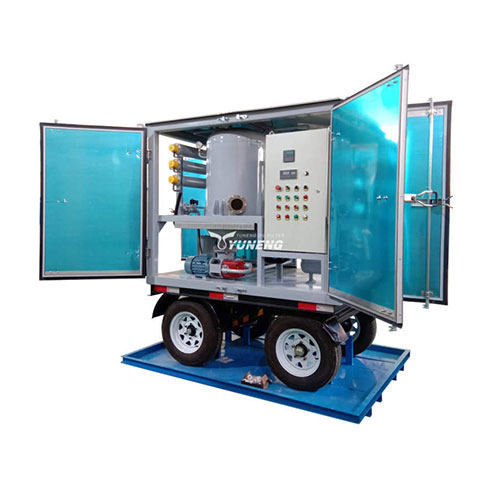
In summary, transformer oil degassing is a critical aspect of transformer maintenance. By removing dissolved gases and moisture, degassing helps to improve the reliability and lifespan of transformers. The choice of degassing method and equipment will depend on factors such as the size of the transformer, the level of contamination, and the desired degree of purification. Regular degassing should be included in any comprehensive transformer maintenance program.

